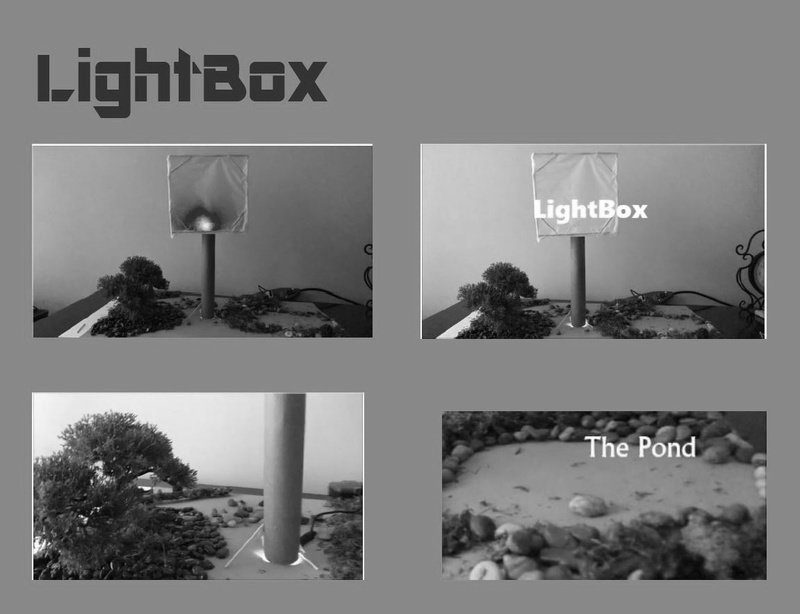The LightBox by Shelby Palmer
Northwest Indiana is constantly developing the area, taking away from what is left of the beautiful scenery. Northwest Indiana was once known for its steel industry, this not only provided jobs, but it polluted the air. Developers are overrunning the area with new houses, strip malls and businesses. Multiple parks have been reduced in size to build a collection of restaurants and stores. The same stores are being built down the street from each other. In the midst of these developments, there is not a dedicated makerspace for people who want to positively impact the environment and pursue their interests in Science Technology Engineering and Technology. A space where young people can express their creativity is needed in the community. Students are constantly stressed out by the massive amounts of homework, nearing test and project due dates. High school students are placing massive amounts of pressure on themselves to do well on standardized tests just so they can qualify to get into another school where they are also tested constantly. Contrary to what most public school systems might say, their primary focus is on sports. Schools aren?t providing their students with the experience they need to solve real-world problems. Instead they spend most of their money investing in jobs held by a small percentage of the population. No matter how entertaining sports are, they are not our future. Our future is directly impacted by the waste we put into our bins and the pollutants we put into the air. The LightBox is a safe haven for creators who want to impact the community sustainably. It provides a workspace for students and teaches them the application of the formulas and concepts we have learned during school. At the LightBox, students learn how they will impact and transform their community. Discoveries by students will extend far beyond the classroom and their solutions will solve more than practice problems. I choose to build the LightBox as a physical model because it accentuates recycling and the possibilities of creation with few materials. The box itself is made from wooden dowels and is covered with a sheet of tissue paper. The support structure is simply a paper towel roll. The materials that make up the structure are all wooden products. The natural beauty of the wood have been transformed by society into many products. These products have a purpose and are used in unique ways to create something exciting and unprecedented. The box is lit by a multi-colored LED strip. The light emitted from the strip is diffused through the paper walls to its surroundings, decreasing light pollution, while providing light to the inside of the structure. One source of light for the entire building lowers the greenhouse gas emissions and provides a sense of connectivity within its environment. During the day, the light can be extinguished and replaced by sunlight. A digital model wouldn?t do justice to the concepts behind this structure and I believe I choose the best way to bring light to these concepts.
